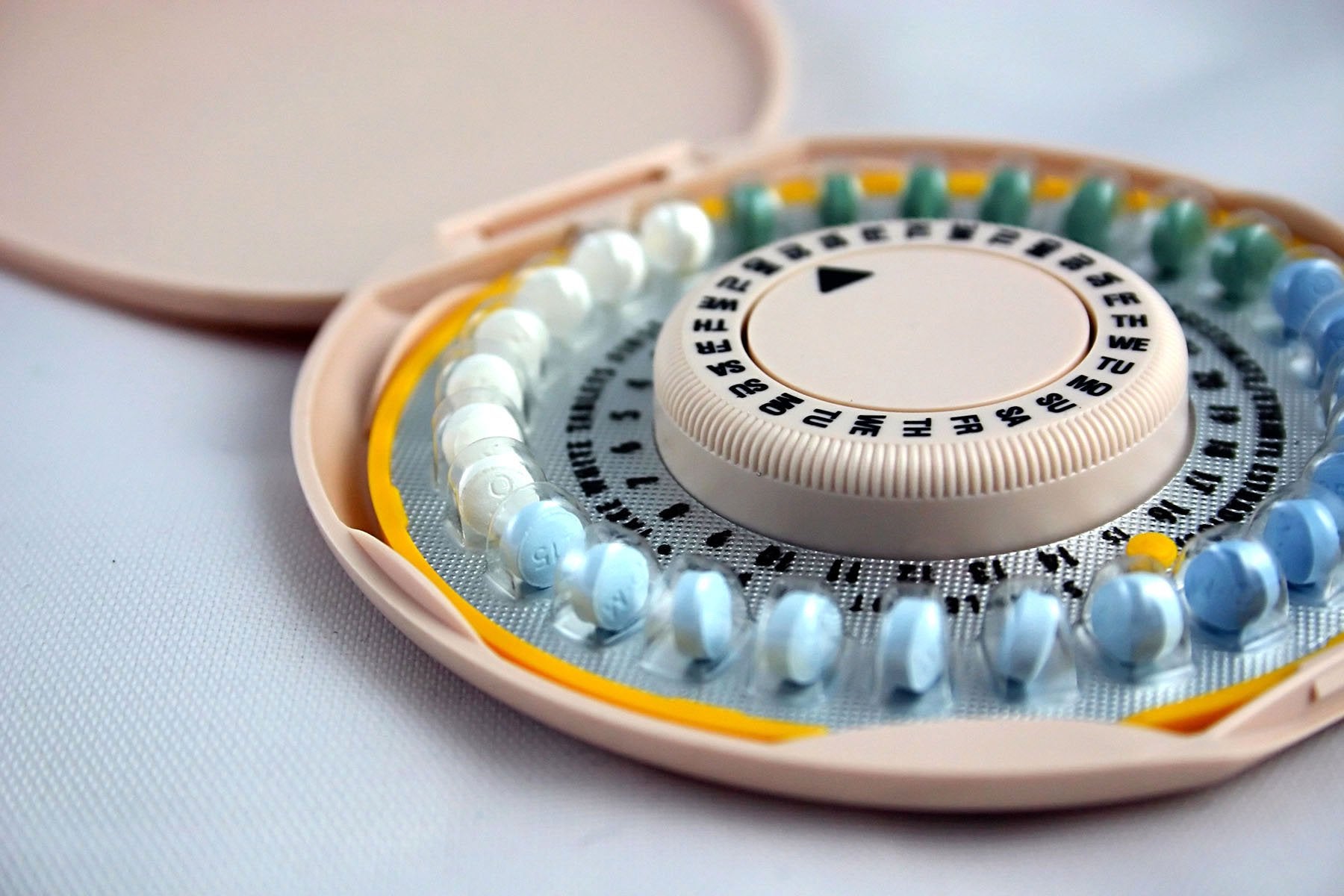
[brightcove:4560655561001 default]
This article originally appeared on TIME.
In recent decades the U.S. has seen a drop in the rate of unintended pregnancies, thanks in part to women using more effective and long-acting birth control methods, like the IUD or the implant. Still, about half of pregnancies are unintended, and a new report from the nonprofit Child Trends suggests there’s a way that could drop even further: if all women in the U.S. had access to the most effective contraceptives. The cost savings from that drop? About $12 billion in public health care costs each year, according to the new analysis.
The report used a simulation model developed by the Brookings Institution to see what would happen if all the women in the U.S. had access to the full spectrum of birth control options. To create the model, the researchers used results from a 2015 study on birth control access by researchers at the University of California, San Francisco (UCSF). The new report was commissioned by Planned Parenthood Action Fund.
In a 2015 study, which was published in the journal The Lancet, USCF researchers looked at 40 Planned Parenthood clinics across the country. Half of the clinics had people on staff who had been trained on insertion of IUDs or progestin implants; the other half did not, and the study found that when women went to the former, they were more likely to select a long-acting contraceptive method like the IUD or the implant, and they were less likely to become pregnant.
The Child Trends researchers used those findings to simulate what would happen if all American women had the same access to highly effective contraceptives. They found if women used the most effective forms of contraception there would be a 64% drop in unintended pregnancies, a 63% drop in unintended births, a 67% drops in abortions, and a savings of $12 billion a year in public health care costs.
Subscribe to our daily newsletter for the latest in hair, beauty, style and celebrity news.
“Improving women’s access to and use of effective contraception can be linked to a whole host of positive outcomes,” says Jennifer Manlove, director of reproductive health and family formation at Child Trends.
The new report is not the first to suggest that greater access to contraceptives saves money. In a 2015 report, the Guttmacher Institute—a research and policy organization focused on reproductive health—reported that unintended pregnancies cost American taxpayers $21 billion each year.
“We’re at a thirty-year low for unintended pregnancy, and the number of abortions is also at a record low—and it’s because of improved access to effective birth control,” says Raegan McDonald-Mosley, chief medical officer of the Planned Parenthood Federation of America.
